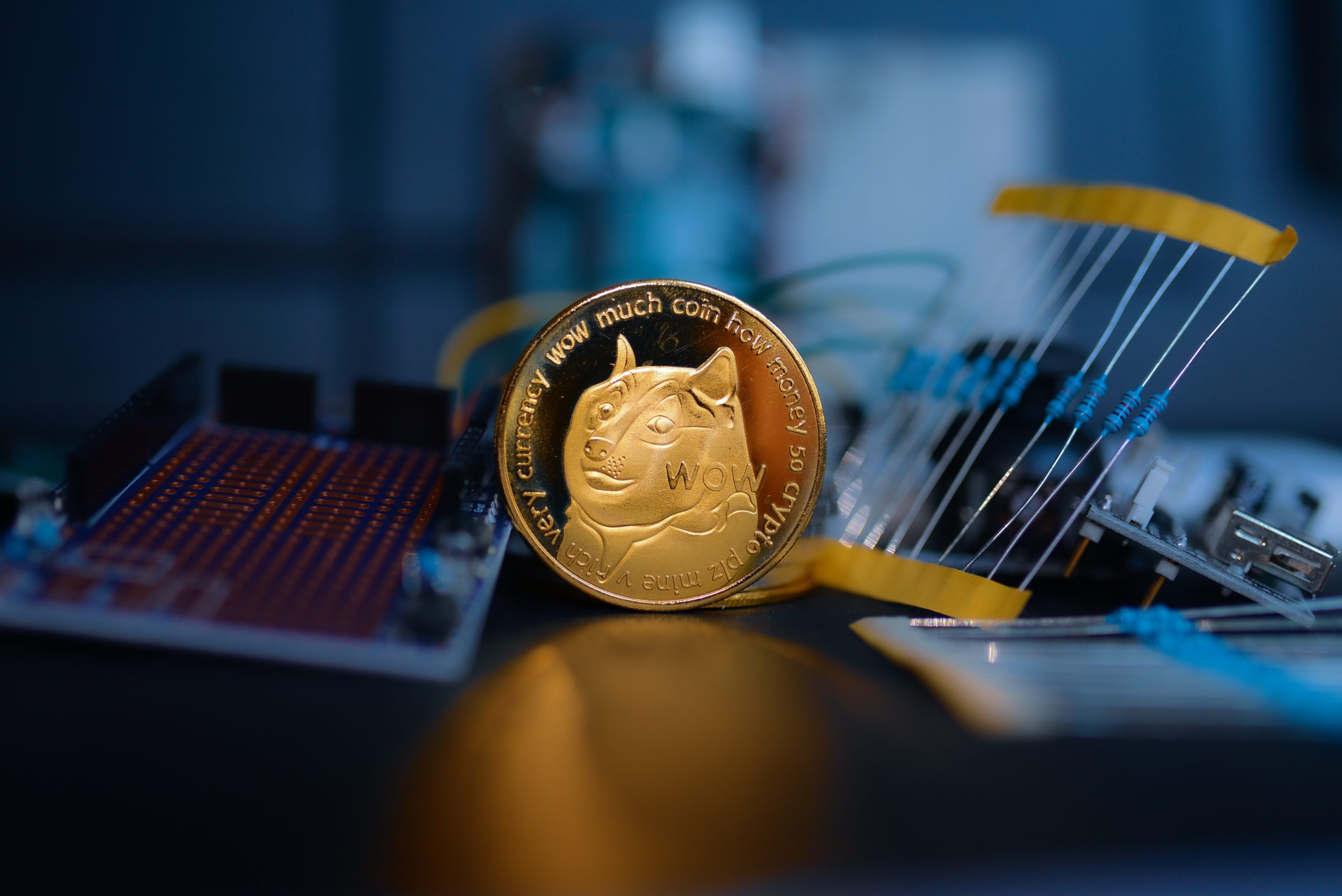The Italian-based neobank Hype provides personal accounts with debit cards, with all transactions managed via an iPhone or Android application. Italy residents can currently open mobile bank accounts with Hype. Italian neobank HYPE has teamed with Onfido, a London-based supplier of identity verification and authentication, to streamline its customer onboarding process. Launched in 2015, HYPE offers services such as P2P and bill payments, transfers, savings management, and other banking services delivered in conjunction with partners to 1.7 million customers. Onfido allows consumers to remotely register for HYPE’s services by allowing them to authenticate their identity using a photo of their government-issued ID and a short selfie video.

Its software verifies that the ID is authentic and not counterfeit, and its biometric technology matches the photo on the ID with the face biometrics acquired during the same transaction.
This is a fruitful time for new financial enterprises due to the proliferation of mobile technology and people’s mistrust of conventional banks in the wake of the economic crisis. The initial wave of neobanks emerged in the early 2010s, and their levels of success have varied. Some neobanks are increasingly resembling traditional banks, while traditional banks are developing standalone brands to fight with neobanks. In addition, fintech companies whose primary business is lending are entering the deposits industry.
In Italy, Hype neobanks are known as “challenger banks”, and some contend that challenger banks and neobanks should not be confused. While neo-banks offer a mobile-first banking experience in collaboration with a traditional bank, challenger banks strive to become fully licensed banks by developing innovative data-driven banking experiences and pricing structures.
Differences between Hype neobanks and traditional banks
These characteristics distinguish these Hype neobanks from conventional banks.
- Low-cost structure.
- No monthly fees, and no withdrawal costs.
- Low reloading fees.
- Large ATM networks with no fees.
- Intuitive budgeting and money-tracking tools allow you to decide if you should purchase an item.
- Real-time balances: The balance on your smartphone.
The other significant distinction is the variety of things they sell. In the past, these neobanks have concentrated solely on deposits. Still, analysts believe that as they transition from startup-backed venture capitalists to viable and lucrative organizations, many are trying to expand beyond promises.
Hype Neobanks is focused on new market clients (as opposed to the entire market, which is always made primarily of current/old clients) that affect their brand positioning, communication language, and perception. Due to their age or location, these clients have never been served by traditional banks, as developing countries are characterized by low levels of financial services penetration. A new degree of customer service and support is typical of newcomers; one may ask any question (literally any question in any language) via instant message or video chat, just as one would ask a friend for guidance, and receive a rapid response.
Consideration of Hype neobanks as an additional distribution route or cost-cutting option is a basic error. To be an online-only service or a traditional business that sells certain products through online means.
However, there are downsides to Hype neobanks. If you are paid in cash, a neobank is probably not your top pick. Although it is possible to deposit cash using dedicated Internet sites, the sites may charge a fee. Also, there are some issues regarding the security of Hype neobanks, as there is always the possibility of someone breaking into your account.
The prospects for Hype neobanks
- The acquisition and integration of fad Neo-banks into larger financial firms.
- Larger companies create their own digital “neo-bank” brands.
- Despite failing to become a sustainable business model, hyped-up neo-banking influences the industry.
- Neo–banking becomes the predominant means of accessing accounts retained at traditional institutions.









